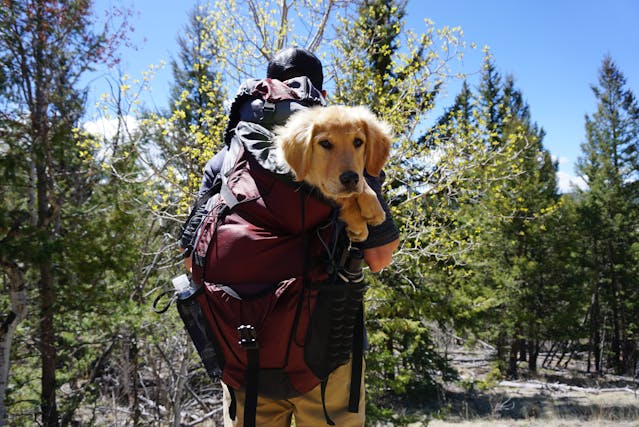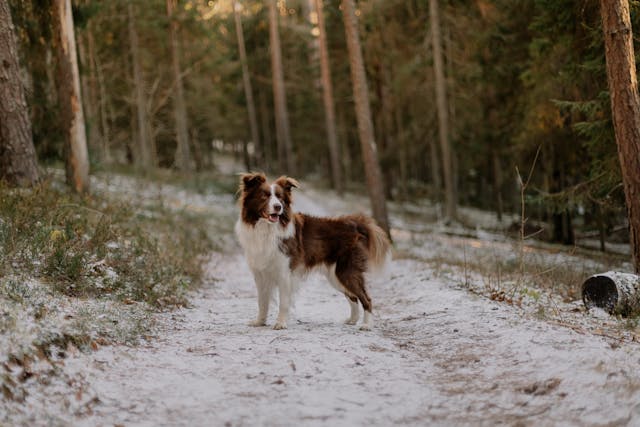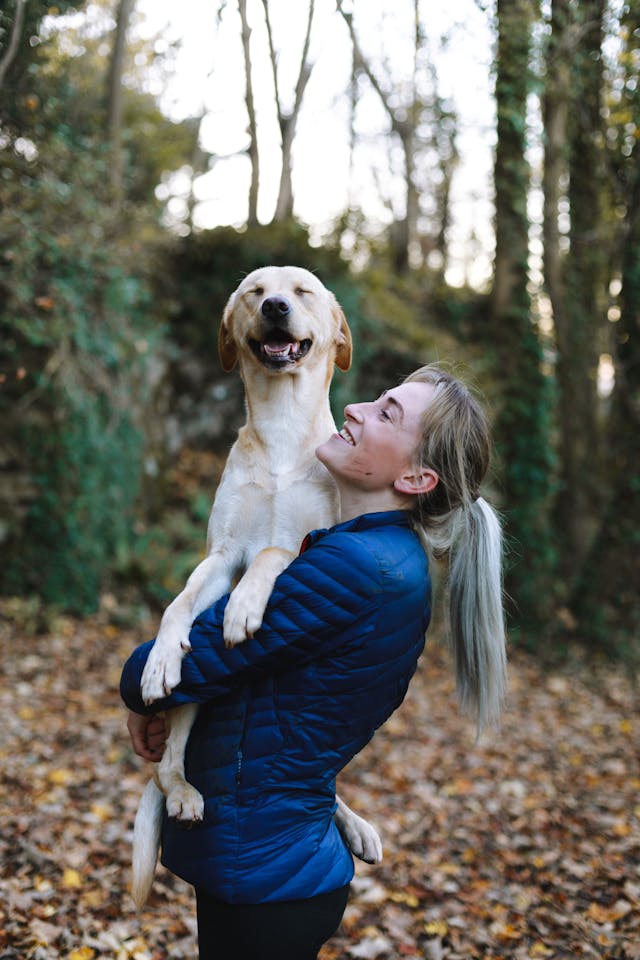
How to Find a Dog Lost in the Woods
Losing a dog in the woods can be a distressing experience for any pet parent. Whether you’re on a hike, camping trip, or simply enjoying the outdoors, the fear of your furry friend going missing can be overwhelming. The good news is that there are many proven ways to help locate your dog when they go lost in the woods. In this guide, we’ll explore immediate actions to take, strategies for searching in the forest, and how to utilize both traditional methods and modern technology to bring your beloved pet back home.

Immediate Actions to Take When Your Dog Gets Lost Outdoors
The first few minutes after realizing your dog is missing are crucial. While you are likely devastated and frantic, focusing on these feelings will waste valuable time in which you could be getting closer to finding your lost dog. It is easier said than done, but you need to stay calm and take immediate action. Call out your dog’s name and listen for any response. If your dog doesn’t return promptly, it’s time to start a systematic search.
Start a Search Right Away
Begin searching the area where you last saw your dog. Dogs can cover a lot of ground quickly, so it’s important to act promptly. Enlist friends or fellow hikers if available, as having more eyes can significantly increase the chances of spotting your pet. Cast a wide net in your search by spacing out searchers until each person can barely see each other.
Create a Safe Home Base for Your Pup
Leave an item with a familiar scent, like a piece of clothing, near the spot where your dog was last seen. This can serve as a comforting beacon for your pet and may encourage them to return. Dogs especially have a highly tuned sense of smell, so leaving out familiar items and foods has an excellent chance of luring them back to safety. Additionally, ensure that your home base is secure and inviting in case your dog finds their way back independently.
Notify Authorities Nearby
If your search proves unsuccessful initially, contact local authorities such as park rangers or forest services. Provide them with a detailed description of your dog, including any unique markings or characteristics. They may offer guidance or have information about recent sightings in the area. You will also want to contact local rescues and shelters if the search goes on for a long enough period of time in which someone might have found your pup and turned them into a shelter or rescue for safe-keeping.

Strategies for Searching in the Forest
Searching for a dog in the woods requires a strategic approach. Expand your search gradually, moving outward from the last known location. Dogs often follow trails, so pay attention to paths, water sources, or areas with interesting scents that might attract them. Keep your eyes peeled and continue to call for your pup. Hopefully, they will hear you and come running. If not, don’t lose hope; there are still things you can do to help find your missing dog.
Utilizing Technology to Find Your Dog
In today’s digital age, technology can be a valuable ally in locating a lost dog. Use social media platforms to spread the word quickly. Post a recent photo, description, and contact information on local community groups. Additionally, consider using pet tracking devices or apps that can help you monitor your dog’s location in real-time.
Understanding Dog Behavior in Natural Settings
Dogs may behave differently in natural settings than they do at home. Fear or excitement can cause them to ignore commands or venture farther than usual. This can be incredibly discouraging for pet parents, because the feeling of seeing your lost dog refuse to come to you when called can feel like they might not even want to come home. This is not true: Your lost dog is likely just too scared to understand the situation and is trying to protect themselves by running from anything that approaches, even their beloved pet parent. Make sure to be patient and persistent. Familiarize yourself with your dog’s behavior in outdoor environments, which can provide insights into where they might go or what might attract them.

Preventative Measures: Keep Your Dog Safe When Hiking or Camping
The best way to handle a lost dog situation is to prevent it from happening in the first place. When hiking or camping, ensure your dog is on a leash or harness. Train them to respond to recall commands, and consider using brightly colored gear to make them easily visible. Taking these precautions can significantly reduce the risk of your dog getting lost in the woods.
When to Call in Professional Search and Rescue Teams
If your search efforts have been exhaustive, and there’s still no sign of your dog, it might be time to call in professional search and rescue teams. These teams are equipped with the expertise and resources needed to cover large areas efficiently. Contact local animal control or search and rescue organizations for assistance.
Community Support: How Others Can Help Find a Missing Dog
The power of community support is invaluable in finding a lost dog. Engage with neighbors, fellow hikers, and online lost and found pet communities like PawBoost to help spread the word. Create flyers with your dog’s information and distribute them in the area. The more people who are aware of your situation, the greater the likelihood that someone will spot and help reunite you with your furry friend.
Losing a dog in the woods is undoubtedly a stressful experience, but taking these steps will greatly increase your chances of a happy reunion. By acting swiftly, using available technology, and seeking help from the community, you can be sure you are doing everything in your power to find your lost pup. Remember: Don’t give up!
